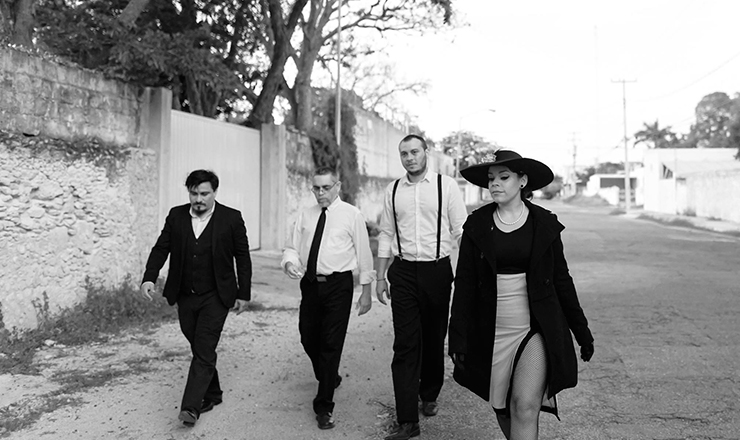Surely if you visit Mexico during part of October or November, you can witness the traditions that are celebrated here in these months, two great celebrations take place on the days of October 31 to November 2, “Dia de Muertos” or “Day of the dead” and “Hanal Pixán” are festivities with many similarities but also with significant differences.
Something very important is to remember that the celebration of the Day of the Dead is not a Mexican version of Halloween, nor is it a dark tradition or with funeral reasons, on the contrary, they are days in which life and spirituality are celebrated, with different rituals and ceremonies, but the most important thing is that it is with great joy and love to those loved ones who have already passed away. That is why, UNESCO declared the Day of the Dead in Mexico “Intangible Cultural Heritage of Humanity”, since 2008 and it is one of the most important traditions in Mexico.
Hanal Pixán
Hanal Pixan (pronounced ha-nawl peesh-awn) translates to “Food for Souls” in the Maya language. It is a Maya holiday that is celebrated throughout the Yucatan Peninsula in Mexico.
The holiday has its origins in Maya culture, the Mayas believe that the pixan (soul) is what shapes human life. It is said that once the body dies, the soul remains, so the pixans (souls) and the living will always be connected at some level of life.
Hanal Pixán is celebrated for 3 days in a row, from October 31 to November 2. The first day is to honor the children who have already passed away, the second day is to remember the deceased adults and the third day is to commemorate all those who have already passed away.
Their way of celebrating is by mounting “the Hanal pixán offering”, that is, the altar of the dead, in which the favorite food of the deceased is placed, with a wide gastronomic option of the region and traditional Hanal Pixán dishes, typical sweets, pictures, personal objects of the deceased and characteristic elements that function as a guide to help the deceased to reach the altar offering.




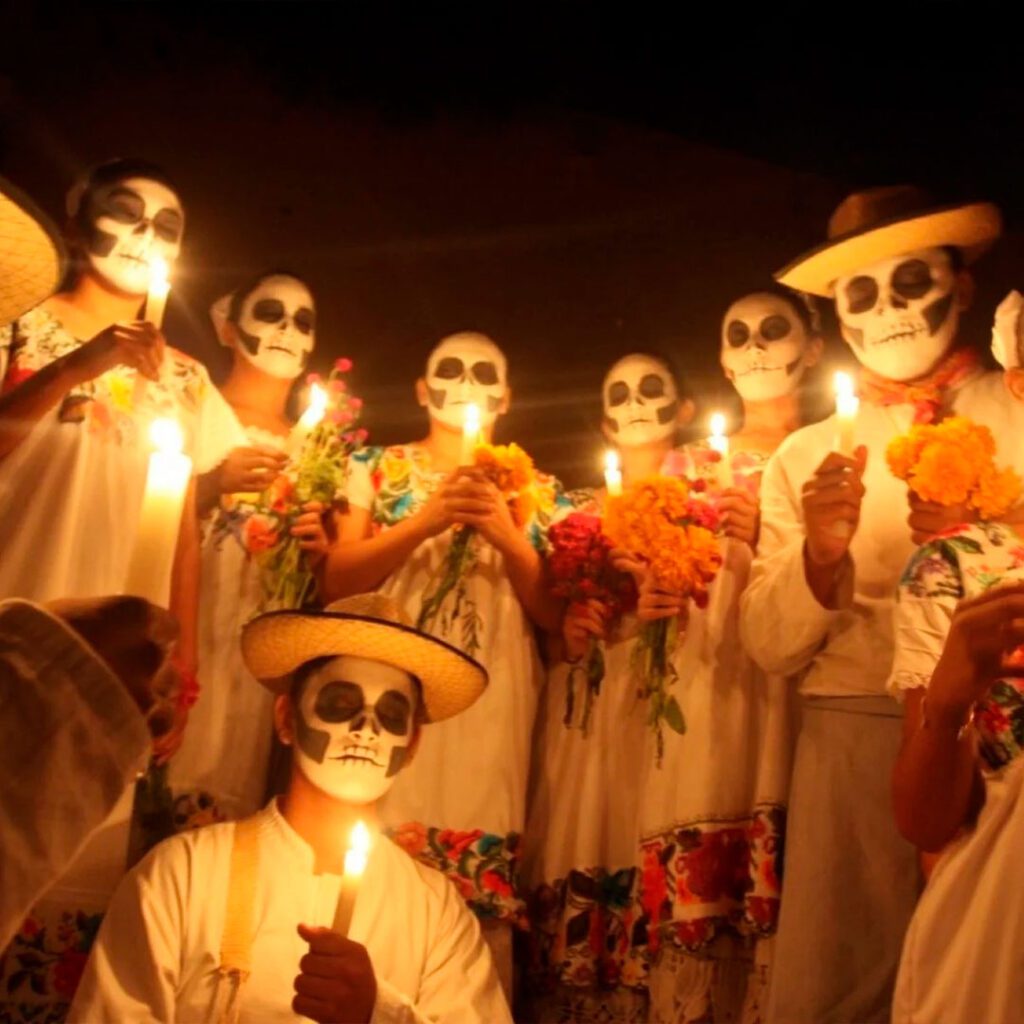



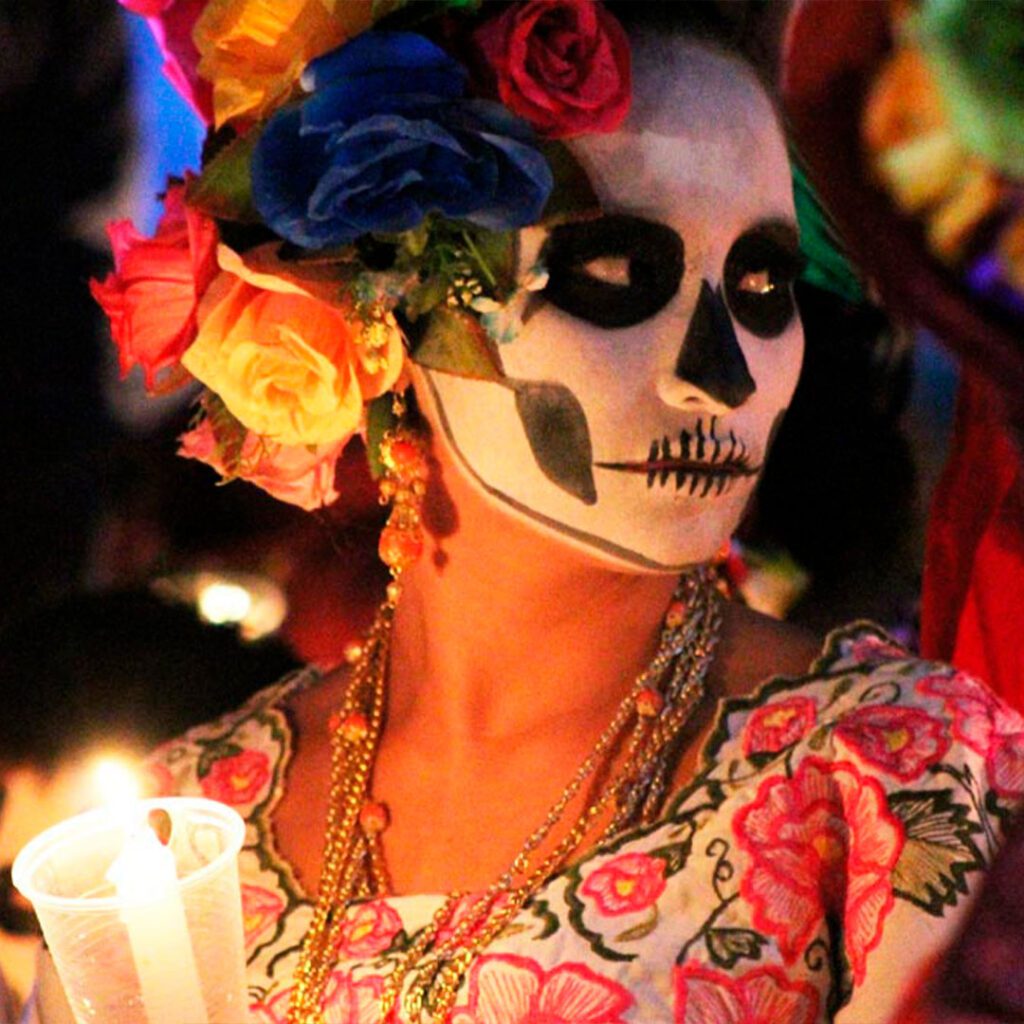

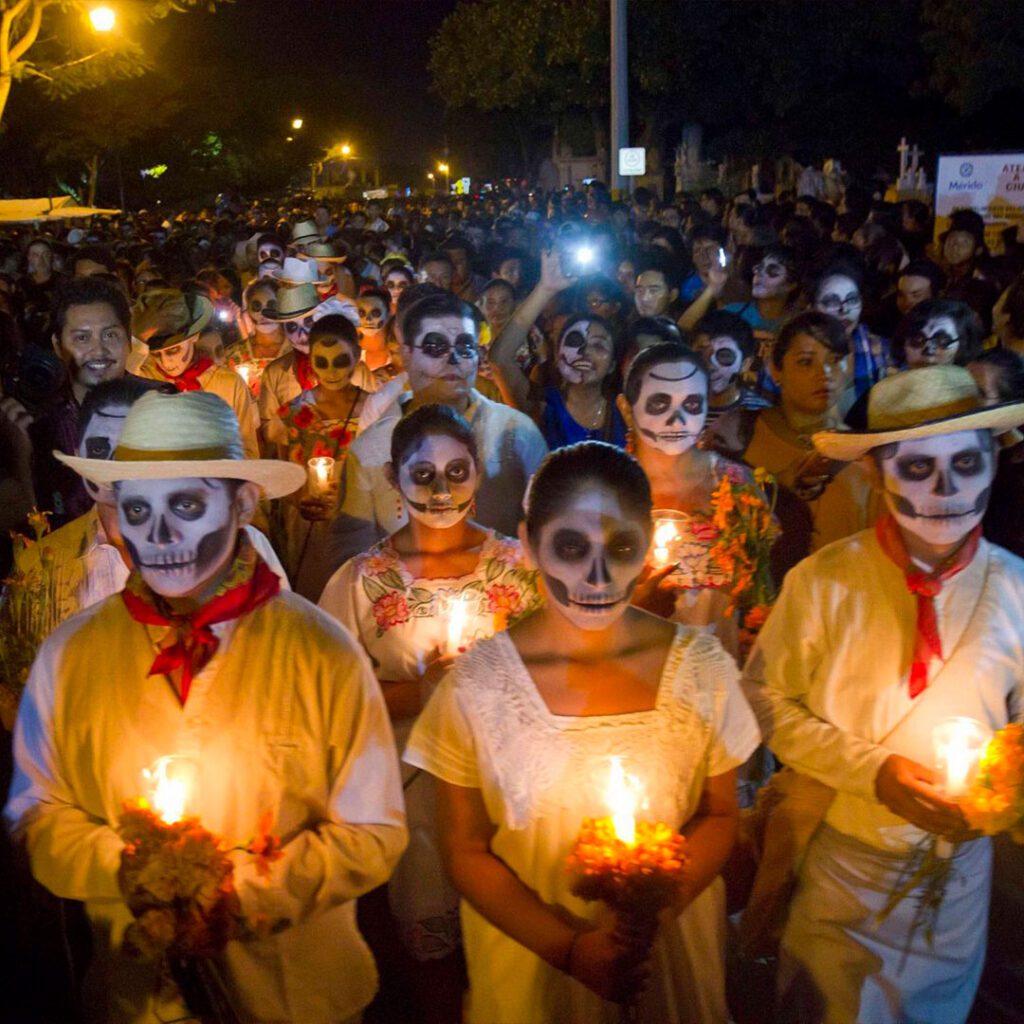

Hundreds of families and children enjoy the celebration visiting cemeteries, parades, religious ceremonies, attending festivals with pre-Hispanic music and mariachi.
Something that can be observed during the celebrations is to see children dressed in typical dress and their face painted as skulls.
Hanal Pixán is a festival that has transcended throughout the history of the Maya people and has a special link between the world of the living and the dead.
Day Of The Dead
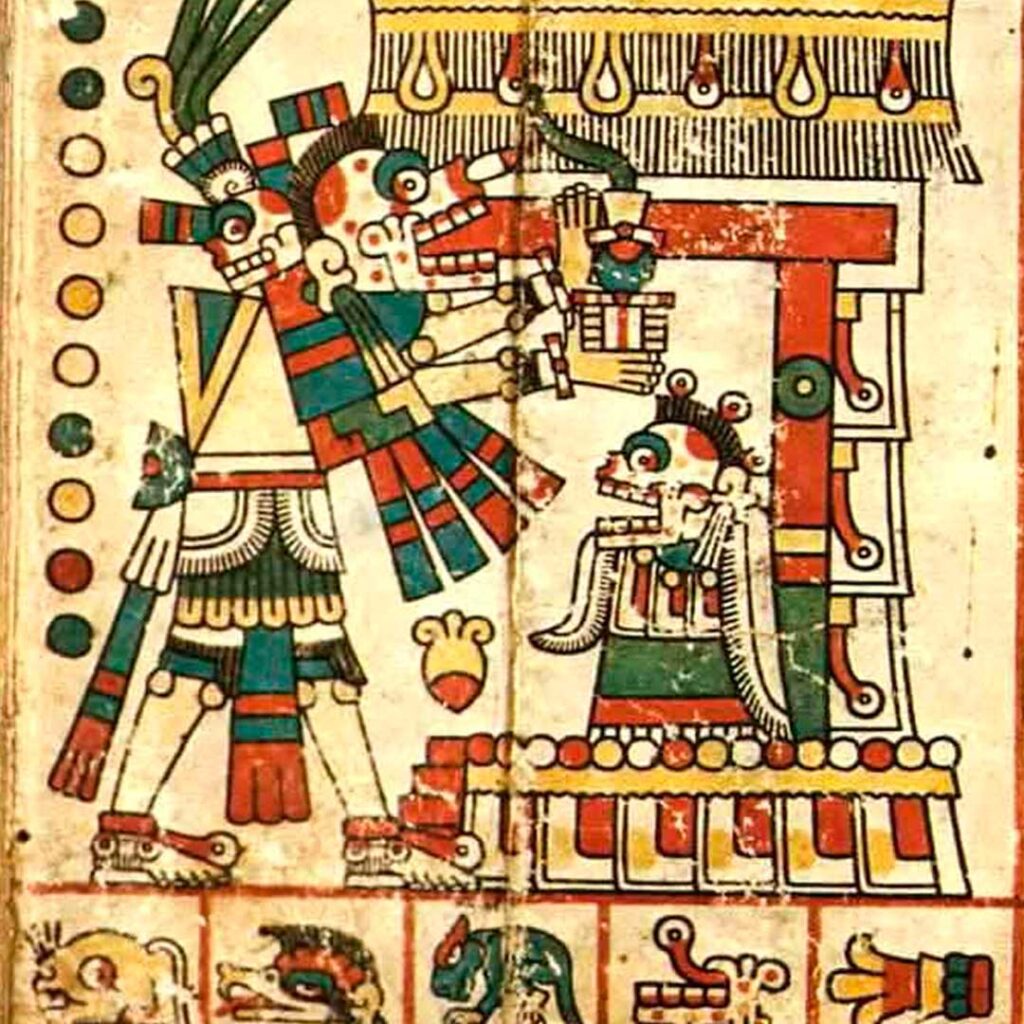

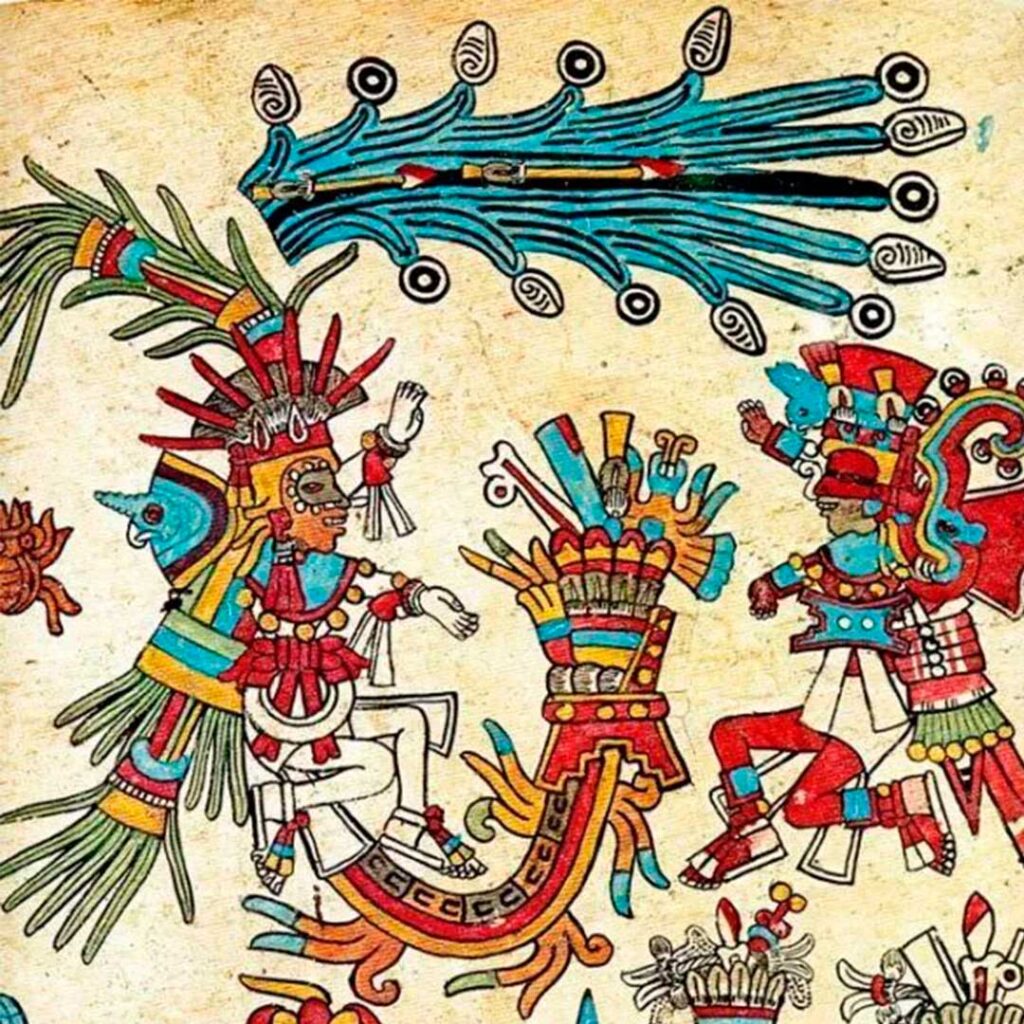



The origins of the day of the dead are pre-Hispanic, long before the Spanish conquest, dating back to dates in which the ancient Aztecs celebrated the goddess Mictecacihuatl, their queen of the Underworld. With the colony of ancient Mexico, it was brought with it Christianity, which made the festival a mixture of beliefs and cultures.
The festival wasn’t always during this time of year, but over time the end of October and beginning of November became the designated dates because it correlated with “All Saints’ Day”, a Christian festival in commemoration of the deceased.
All Saints’ Day takes place from October 31 to November 2. The first day, October 31, is known as “All Hallows’ Eve”; November 1 is called “All Saints Day”; and November 2 is “Day of the Dead”.












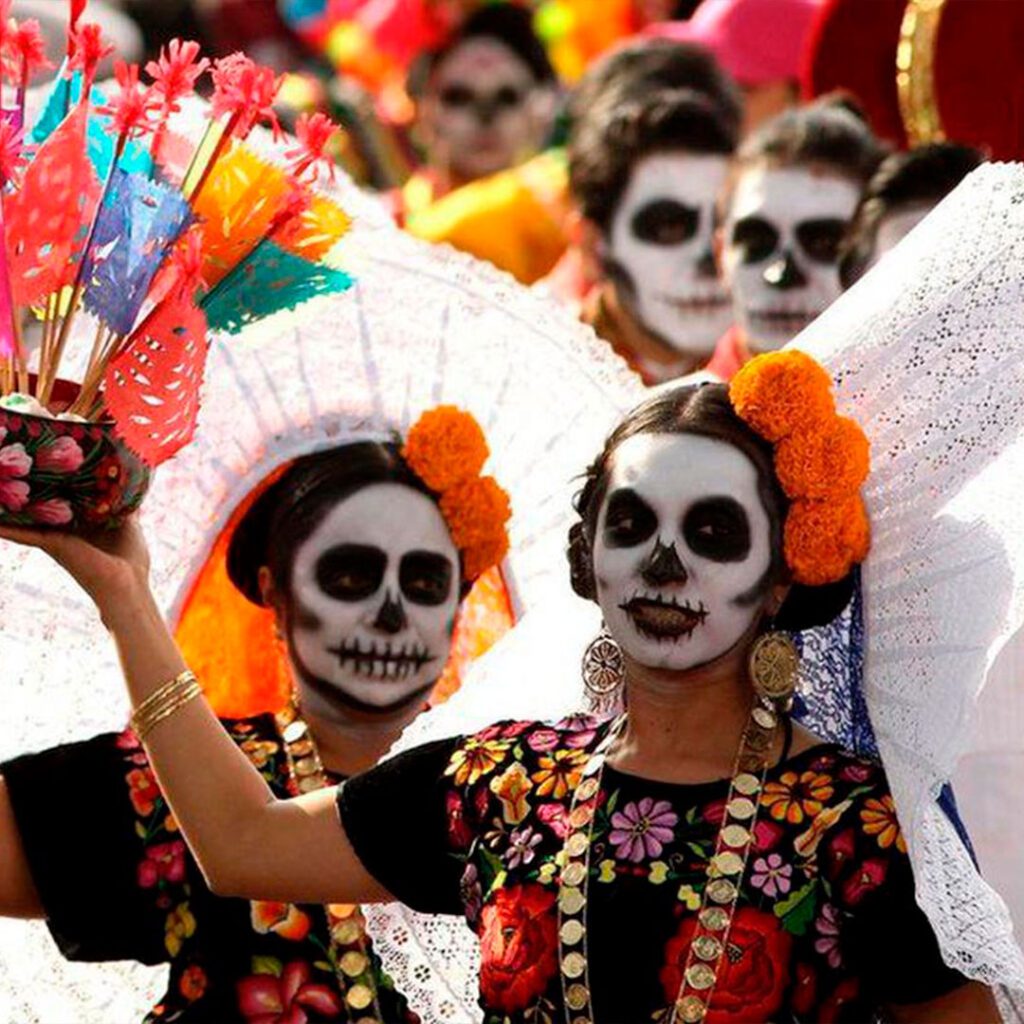

Differences Between Hanal Pixán And Day Of The Dead
It could be thought that Hanal Pixán is considered a regionalized version of the day of the dead. Both celebrations may sound similar, but the Day of the Dead and Hanal Pixán have significant differences, which are reflected in the different regions where it is celebrated.
While the Hanal Pixán is only celebrated in the Yucatan Peninsula, the day of the dead is celebrated in much of Mexico, even in some cities they have their own traditions, such as Oaxaca, San Andrés Mixquic and Janitzio in Pátzcuaro, the traditions may vary within regions and families.
Another of its significant differences is, without a doubt, the symbolism of its elements that accompany the altar of the dead, as well as the typical dishes that are placed and its great significance in the Maya culture.
The Levels Of The Offering
Another of the most noticeable differences of both celebrations is the floors, steps or levels that each altar of the dead has, surely you will be able to find very high altars with many levels, but there are also much smaller ones. This is because each level or floor has a specific meaning depending on the celebration.
Altar Of 7 Levels - Day Of The Dead
The 7-level altar is part of the culture of the Day of the Dead, and each floor symbolizes the necessary steps that the soul must go through to reach heaven and thus rest in peace. They can also represent the 7 deadly sins.
The 7-level offerings must have the following elements:
Level 1: The image of a saint is placed.
Level 2: This level is intended for the souls that come from purgatory. Placing a glass of water reflects the purity of the soul and the regeneration of the spirit, it also quenches the thirst of the souls that will come from the other world.
Level 3: Salt is placed, which means the purification of the soul.
Level 4: At this level is the bread of the dead, this in turn has the representation of the bones and the skull of the deceased, the bread has a circular shape which resembles a cycle that passes between life and death.
Level 5: We can find in this level the fruit and favorite food of the deceased.
Level 6: A photograph of the deceased(s) to whom the altar is dedicated cannot be missing.
Level 7: A cross is placed, which can be formed of seeds, fruits, salt, ashes or flowers, it is used for the deceased to repair his faults.
In addition to the levels, this altar would not be complete without elements such as incense: to ward off evil spirits, candles are also lit to guide the souls to the altar and an arch with flowers that symbolizes the entrance to the world of the dead.
In many altars you can see the presence of colored flags, made of chopped paper, being considered a Mexican handicraft, having different patterns of skulls from the day of the dead, they are placed to decorate the altar and its meaning represents the air that it brings to the souls, moving every time the wind blows.


Altar Of 3 Levels - Hanal Pixán
In the Yucatan peninsula, there is the Maya altar, which takes on a meaning by resembling the universe and its 3 levels symbolize the 3 planes of the universe according to the Maya culture: hell, earth and heaven.
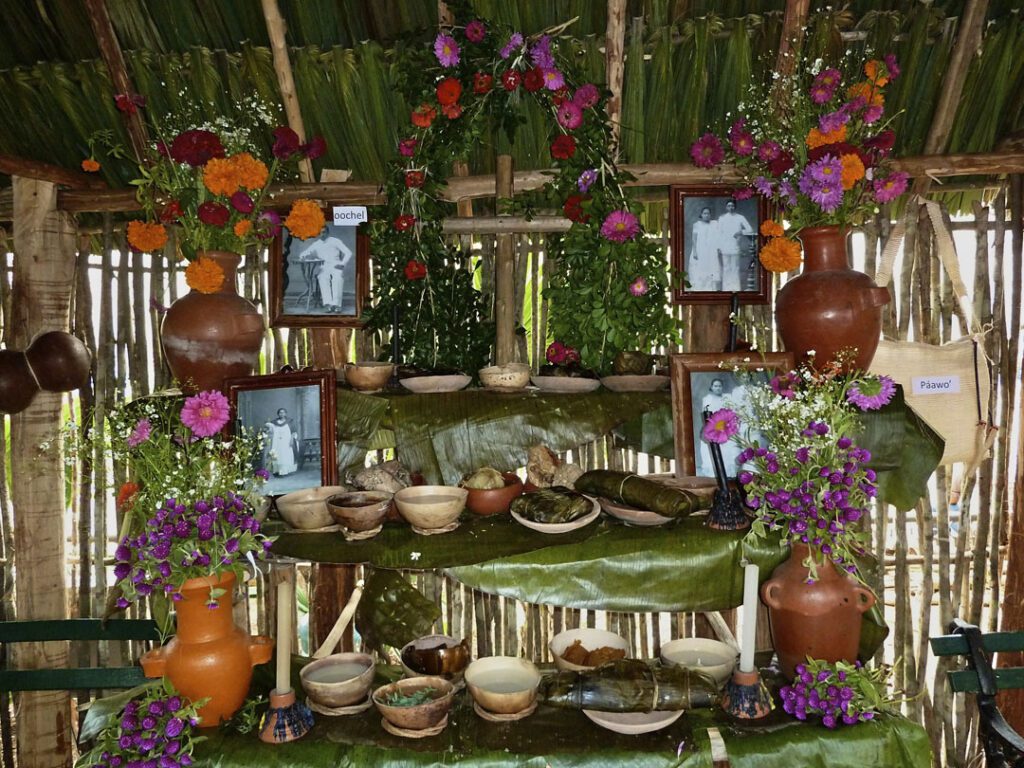

What Can We Find On Each Level Of The Altar And What Does It Mean?
High level: On the first floor we will find elements such as a wooden cross, placed in the center and at the top, it is recommended that it be made from “ceiba”, a tree from the region, which is sacred and considered the center of the universe in the Mayan culture.
The photographs of the deceased to whom the altar is dedicated. It is important to know that only photographs of the deceased who have been deceased for more than 1 year will be placed.
In cases where photographs are not available, after assembling the altar, a prayer is said and a few words are dedicated to naming the deceased who are invited to eat and drink the offerings on the altar.
These words should be recited in the Maya language.
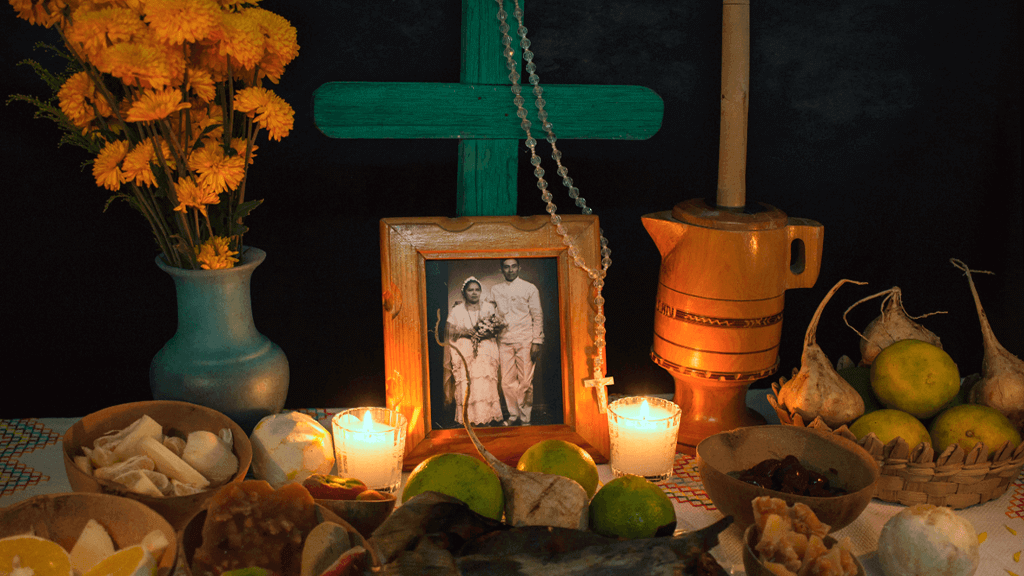

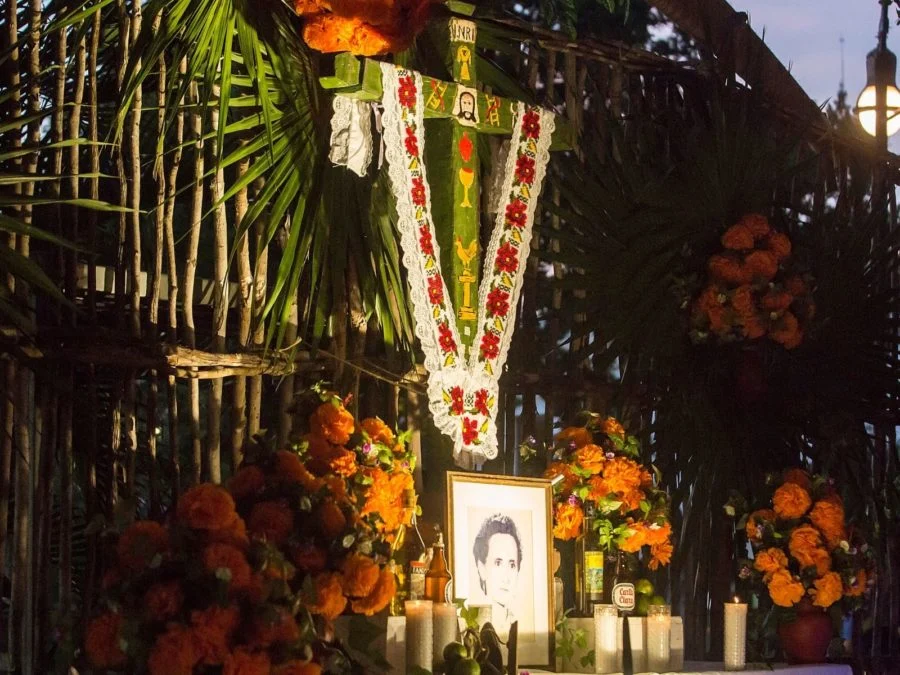

Medium level: The color of the altar could not be missing, which is accompanied by flowers from the region that welcomes the deceased, the altar is decorated with Cempasúchil flowers it has a penetrating smell and its flowers range from yellow to deep orange, sages in red and virginias are also used.
This level represents the thirteen gods of the Maya world and it is here where the deceased’s favorite food should be placed, mostly traditional dishes from the Maya region made from corn, since corn was considered the food sacred.
In addition, seven stacks of handmade tortillas must be placed on the altar, symbolizing the numerals of the Maya calendar.
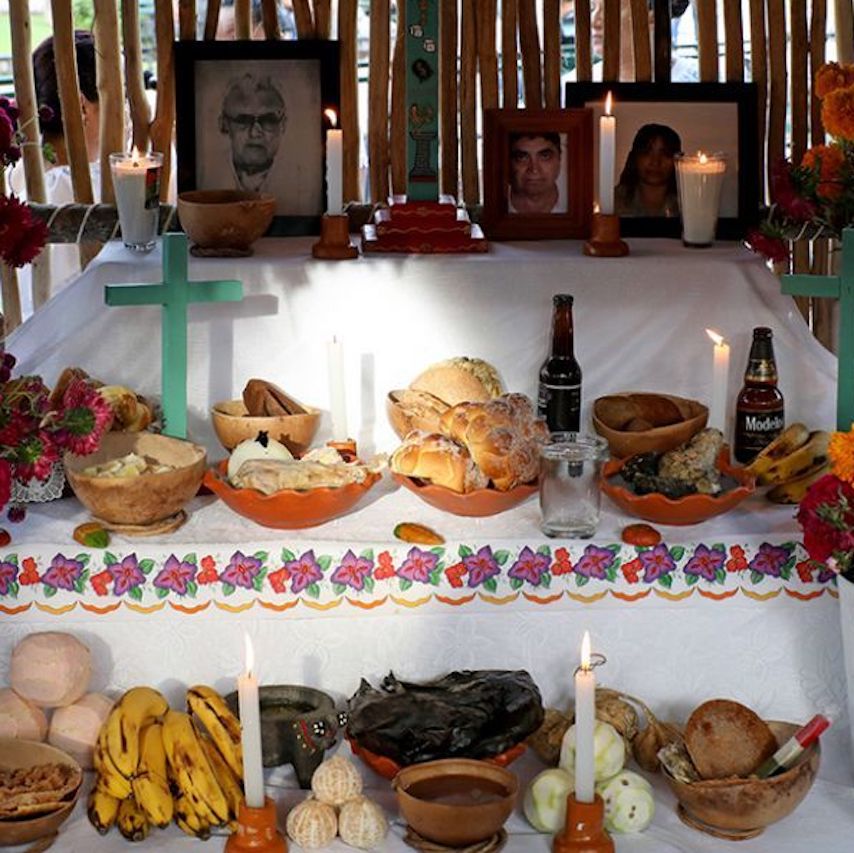





Low level: This level is characterized by lighting with candles, their function is to illuminate the path and mark the steps that the souls must follow.
It is customary to place nine offerings, which represent the nine gods of the underworld, these offerings are made with typical sweets and drinks.
Drinks can be water, chocolate or atole, as for sweets they should be traditional, such as papaya or pumpkin candy, “mazapan” or sweet bread.
Before finishing, it is important to mention that this altar places pieces on the ground, this also has a special meaning.




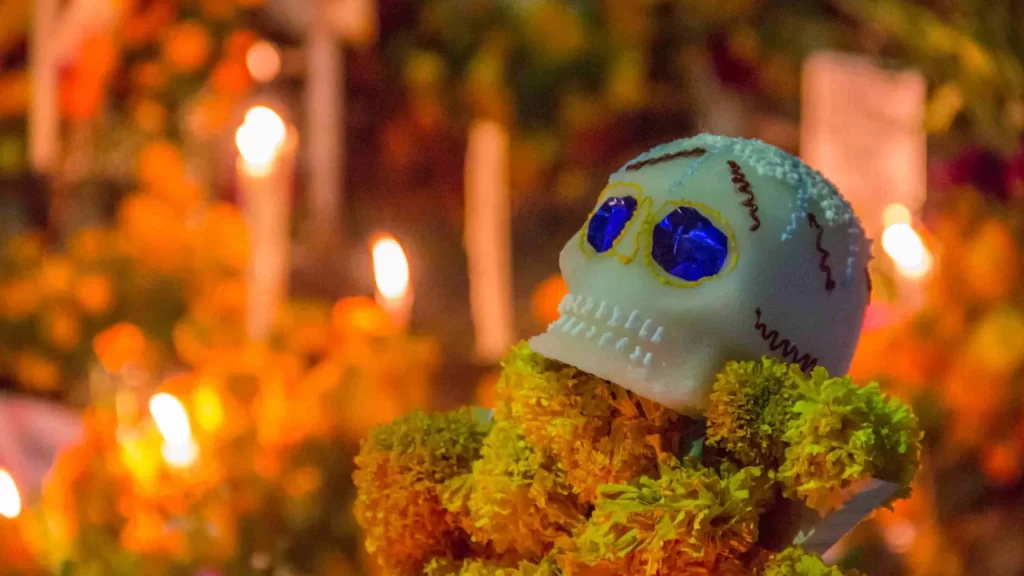

Floor: A path of candles and petals is placed from the foot of the altar to the door of the house, this to delimit the path that the spirit follows to reach its offering, the light illuminates its path and the flowers adorn it. To finish, incense is used on the sides of the altar, giving off an inviting scent that makes the visit of the souls more enjoyable.
As an important fact, you cannot touch the food that is placed on the altar until the next day, which is when the altars are changed depending on the day, after the religious rites or ceremonies are performed.
Of course, the Day of the Dead and the Hanal Pixán are proud Mexican traditions, where both the world of the living and the dead are connected. The altar offering is the essential element for this festivity to be complete, full of joy and respect for the loved ones who are no longer on earth.
In the following blogs we will tell you a little more about the typical food of Hanal Pixán and what to do or where to go to celebrate this tradition that continues to this day.
You cannot miss the blogs already published, to learn more about art and culture in Mérida.




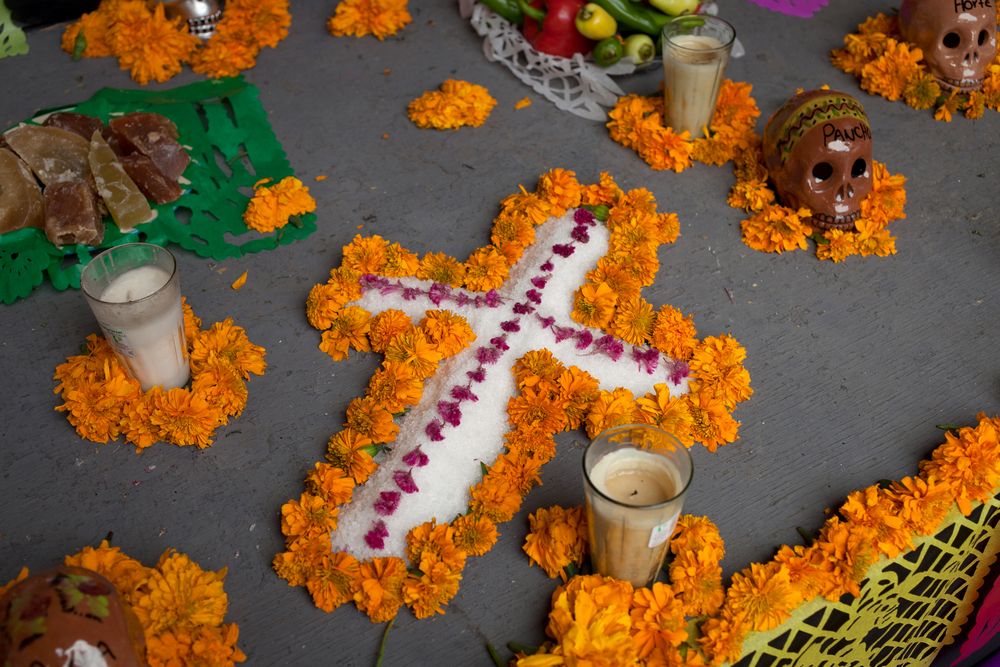

References
https://www.gob.mx/inpi/articulos/conoces-el-significado-de-los-elementos-de-una-ofrenda-de-dia-de-muertos
https://www.gob.mx/inpi/articulos/altares-indigenas-de-dia-de-muertos-cual-quieres-para-recibir-a-los-tuyos
https://www.yucatan.gob.mx/?p=hanal_pixan
https://www.gob.mx/cultura/prensa/comparten-la-tradicion-de-la-ofrenda-hanal-pixan-en-altar-maya-en-el-museo-nacional-de-culturas-populares?idiom=es-MX
https://www.elfinanciero.com.mx/culturas/2021/10/29/que-significa-cada-nivel-en-el-altar-de-dia-de-muertos/
https://www.gob.mx/cultura/articulos/dia-de-muertos-del-miccailhuitontli-a-la-fiesta-de-todos-los-santos?idiom=es
https://sic.cultura.gob.mx/ficha.php?table=festividad&table_id=387




